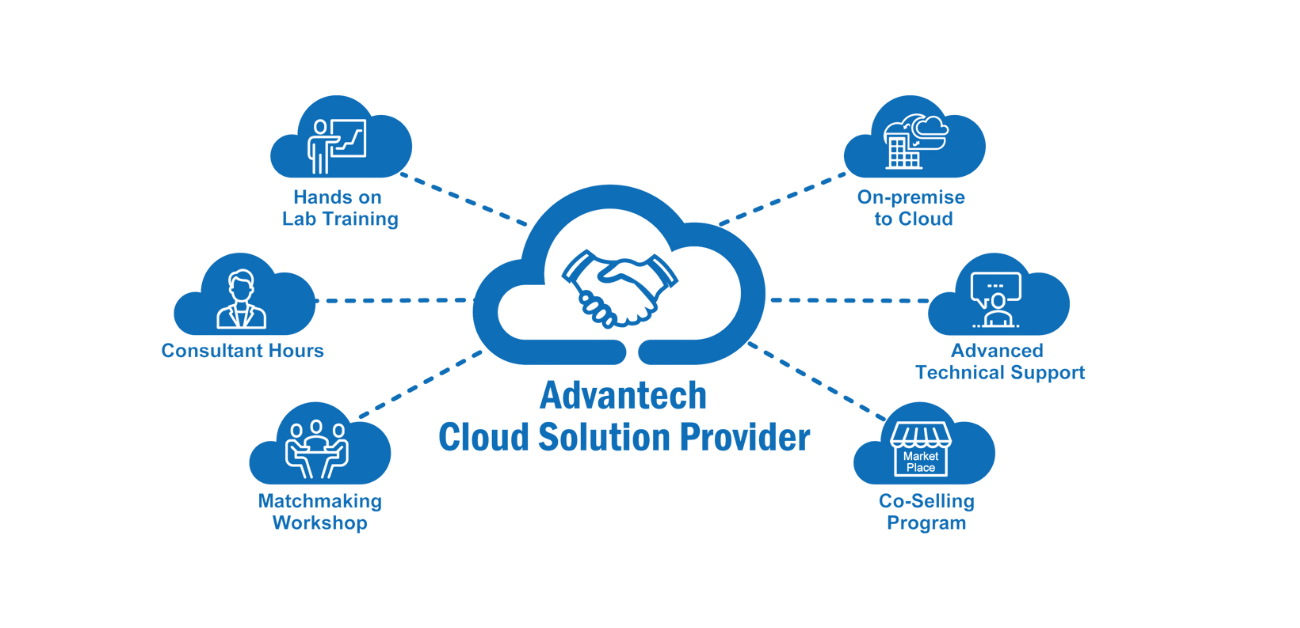Stay Upgraded with the Cloud Services Press Release: Fads and Growths
Stay Upgraded with the Cloud Services Press Release: Fads and Growths
Blog Article
Achieve Seamless Scalability With Cloud Solutions
In the ever-evolving landscape of cloud services, achieving seamless scalability stands as a keystone for modern-day businesses looking for to remain affordable and versatile. The capability to effortlessly expand or get sources in reaction to transforming demands is a pivotal benefit in today's busy digital atmosphere. By grasping the art of scalable cloud solutions, companies can not only optimize performance and improve operations however likewise lead the way for future development and technology. The mission for smooth scalability with cloud services introduces a world of opportunities for those happy to embrace the transformative power of dynamic source administration.
Benefits of Cloud Scalability
Cloud scalability supplies companies the flexibility to dynamically change resources based upon demand, making sure optimal performance and expense efficiency. One key benefit is the ability to scale sources up or down swiftly in reaction to changing work. This agility makes it possible for companies to meet changing client requirements without over-provisioning resources, inevitably resulting in set you back financial savings. Scalability additionally boosts efficiency by guaranteeing that systems can manage boosted website traffic or work without experiencing downtime or stagnations. By successfully allocating resources, organizations can maintain high levels of performance during peak times without unnecessary expenses during quieter periods. Furthermore, cloud scalability promotes development and testing by enabling organizations to easily check new concepts and range them as required. This flexibility urges a society of continual improvement and adaptation, enabling organizations to remain affordable in a swiftly progressing market landscape. Eventually, the benefits of cloud scalability prolong beyond price financial savings to incorporate improved efficiency, dexterity, and advancement.
Trick Functions for Scaling
Efficient scaling in cloud solutions relies upon vital functions that allow companies to change resources dynamically based on demand. One essential function for scaling is flexibility, permitting resources to scale up or down in action to fluctuating workloads. This guarantees that companies can meet efficiency requirements without over-provisioning sources. Another crucial feature is scalability, making it possible for systems to manage increased work by adding sources seamlessly. This attribute is crucial for accommodating development without endangering efficiency. Additionally, automation plays an essential duty in scaling by automating the provisioning and de-provisioning of resources based upon predefined policies. Automation minimizes human intervention, improves effectiveness, and makes certain fast action to changing demands. Monitoring and analytics tools are additionally vital for scaling, supplying insights into source usage, efficiency metrics, and prospective traffic jams. These tools allow organizations to enhance and make informed choices resource appropriation for efficient scaling. In general, these key features collectively equip organizations to achieve smooth scalability in cloud services.
Executing Auto-Scaling Methods
To efficiently maximize resource appropriation and adapt to differing workloads, companies have to purposefully implement auto-scaling strategies in their cloud solutions framework. Auto-scaling enables systems to immediately change the number of calculate sources based on real-time need. There are different auto-scaling methods that organizations can use, such as anticipating scaling, which utilizes historic information to forecast future resource needs, and reactive scaling, which replies to current work modifications.

Finest Practices for Scalability
For companies aiming to enhance their scalability in cloud services, executing finest techniques is crucial for optimal efficiency and resource monitoring. One secret best technique is creating applications with a microservices design. This approach breaks down applications right into smaller, independent solutions that can be released, updated, and scaled individually, allowing for better adaptability and scalability.
Another important method is using containerization modern technology, such as Docker or Kubernetes. Containers allow the packaging of applications and their reliances into separated devices, making it simpler to scale elements separately and deploy them continually throughout various atmospheres.
Additionally, implementing automated release and framework as code (IaC) can enhance scalability efforts (linkdaddy cloud services). Automation tools like Terraform or Ansible help in provisioning and managing sources efficiently, reducing hand-operated errors and making it possible for fast scalability
In addition, monitoring efficiency metrics, establishing informs, and carrying out regular ability planning are important practices to make certain positive scalability monitoring. By sticking to these ideal methods, organizations can accomplish smooth scalability in their cloud services while maximizing performance and source application.
Tracking Performance Metrics
When evaluating the efficiency of cloud services scalability, carefully keeping an eye on performance metrics is crucial for making certain optimum functionality and resource appropriation. By continuously tracking essential efficiency indicators (KPIs) such as action times, source, latency, and throughput utilization, organizations can obtain important insights into the wellness and performance of their cloud infrastructure. Keeping an eye on performance metrics allows for the early detection of possible traffic jams or concerns that might impact scalability, enabling positive steps to be required to resolve them prior to they rise.

Conclusion
Finally, achieving seamless scalability with cloud services is necessary for companies to optimize performance, enhance development, and keep high efficiency degrees during peak times. By leveraging the advantages of cloud scalability, applying auto-scaling methods, making use of key attributes such as flexibility and automation, and complying with best methods like application design and efficiency surveillance, companies can efficiently scale their systems while optimizing resource utilization and efficiency.
The quest for pop over to these guys seamless scalability with cloud solutions reveals a globe of opportunities for those eager to accept the transformative power of vibrant resource monitoring.
Cloud scalability uses organizations the adaptability to dynamically adjust sources based on demand, ensuring optimum performance and price performance. One more crucial feature is scalability, enabling systems to handle enhanced workload by including sources effortlessly.For companies intending to enhance their scalability in cloud solutions, applying best practices is vital for optimal efficiency and source visit this page monitoring.When analyzing the effectiveness of cloud solutions scalability, closely checking performance metrics is critical for making sure optimum functionality and source allowance.
Report this page